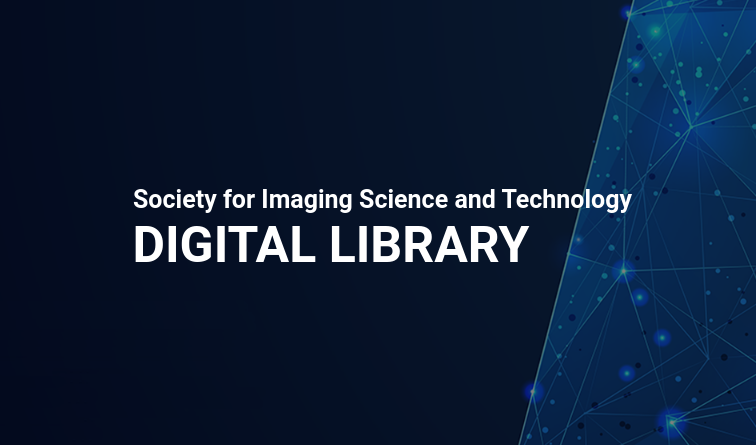
During emergencies communicating in multi-level built environment becomes challenging because architectural complexity can create problems with visual and mental representation of 3D space. Our Hololens application gives a visual representation of a building on campus in 3D space, allowing people to see where exits are in the building as well as creating alerts for anomalous behavior for emergency response such as active shooter, fire, and smoke. It also gives path to the various exits; shortest path to the exits as well as directions to a safe zone from their current position. The augmented reality (AR) application was developed in Unity 3D for Microsoft HoloLens and also is deployed on tablets and smartphones. It is a fast and robust marker detection technique inspired by the use of Vuforia AR library. Our aim is to enhance the evacuation process by ensuring that all building patrons know all of the building exits and how to get to them, which improves evacuation time and eradicates the injuries and fatalities occurring during indoor crises such as building fires and active shooter events. We have incorporated existing permanent features in the building as markers for the AR application to trigger the floor plan and subsequent location of the person in the building. This work also describes the system architecture as well as the design and implementation of this AR application to leverage HoloLens for building evacuation purposes. We believe that AR technologies like HoloLens could be adopted for all building evacuating strategies during emergencies as it offers a more enriched experience in navigating large-scale environments.

Augmented Reality (AR) is an emerging technology that could greatly increase training efficiency and effectiveness for assembly processes. In fact, studies show that AR may reduce time and errors by as much as 50%. While many devices are available to display AR content, the use of Head Mounted Displays (HMDs) is the most interesting for manufacturing and assembly as they free up the user’s hands. Due to the emerging nature of this technology, there are many limitations including input, field of view, tracking and occlusion. The work presented in this paper explores the use of the Microsoft HoloLens to deliver AR work instructions for product assembly. An AR assembly application was developed to guide a trainee through the assembly of a mock aircraft wing. To ensure accurate instructions were displayed, novel techniques were developed to mitigate the HoloLens’ tracking and display limitations. Additionally, a data visualization application was developed to validate the training session and explore trends through data collected from the HoloLens along with wearable physiological sensor data.